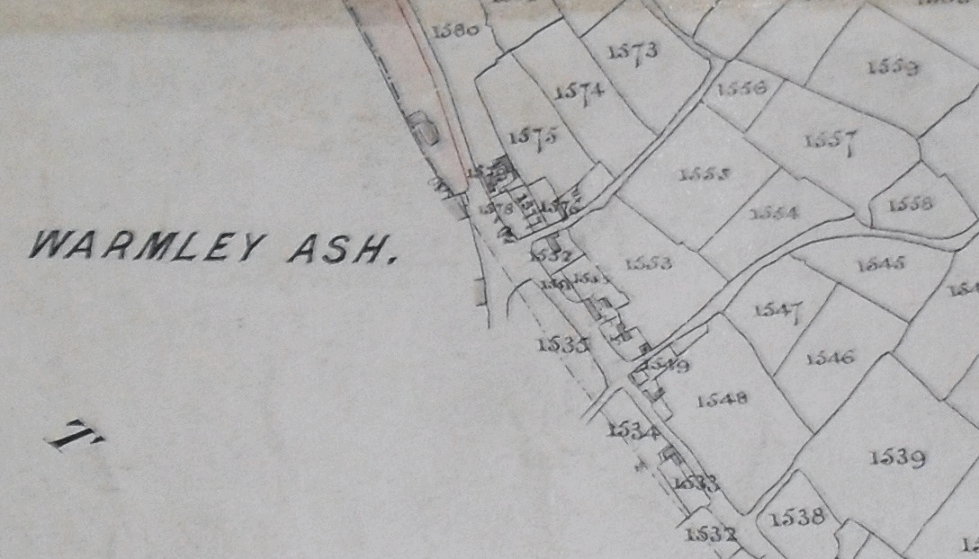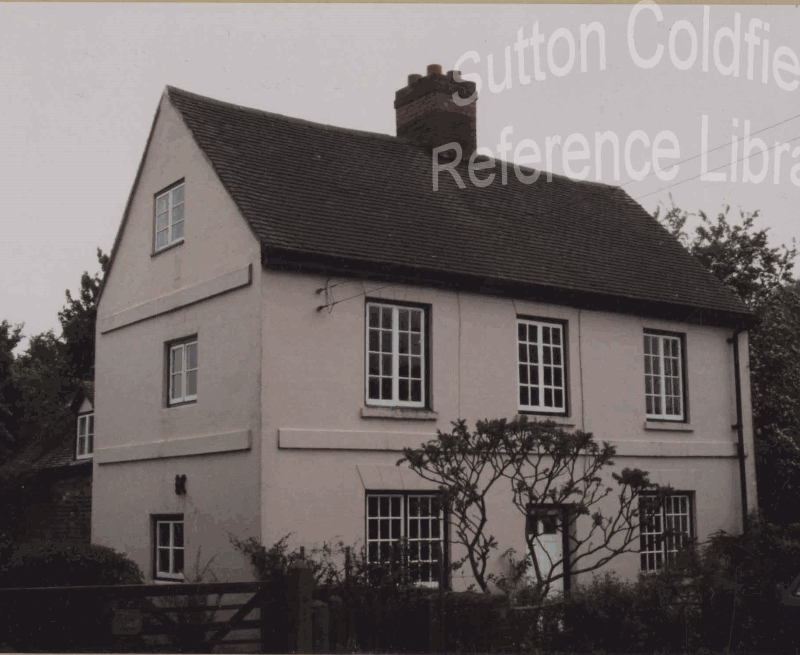The Enclosure Commissioner for Sutton Coldfield followed the boundary of Sutton in 1824 along Hurst Green Lane “across a lane called Dog Lane leading to Minworth” (now Summer Lane) to the triangular green at Hurst Green. This green was included in Sutton, and the boundary continued almost parallel to Walmley Ash Lane but about 50 yards to the south, “by the homestead of the widow Swift” (now Forge Farm). It continued in the same direction, sometimes following fences, sometimes across the middle of fields, crossing a lane which no longer exists and so “into the Green at Walmley Ash”
Minworth was on the other side of the boundary, and the small farming community of Walmley worked the land on either side of the boundary though all the houses were on the Sutton side in Walmley Ash Lane. The lane which no longer exists (now somewhere beneath Homebase) was said to lead from Walmley to the road leading from Walmley Ash to Minworth (Walmley Ash Road), so the ancient centre of Walmley (spelt Warmeley in 1416) must have been half-way along Walmley Ash Lane, with Walmley Ash to the west.
From Walmley Ash Green, where the boundary was marked by a wayside cross, Mr. Harris the Commissioner followed its course across “the road leading from Sutton to Minworth” (Walmley Ash Road) and through the middle of William Jenkins’ barn and cowshed. Walmley Ash Road was not then defined, being only a track across a finger of common land called Willetts Gorse, narrow enough at its east end to be described as a “wide lane leading from Walmley Ash to Willetts Gorse”, which the boundary joined at an elder tree in the hedge.
In 1824 there was a clear boundary to follow along the edge of Willetts Gorse because the commons of Minworth had already been enclosed and what had been the Minworth part of Willetts Gorse common was now fenced fields.


